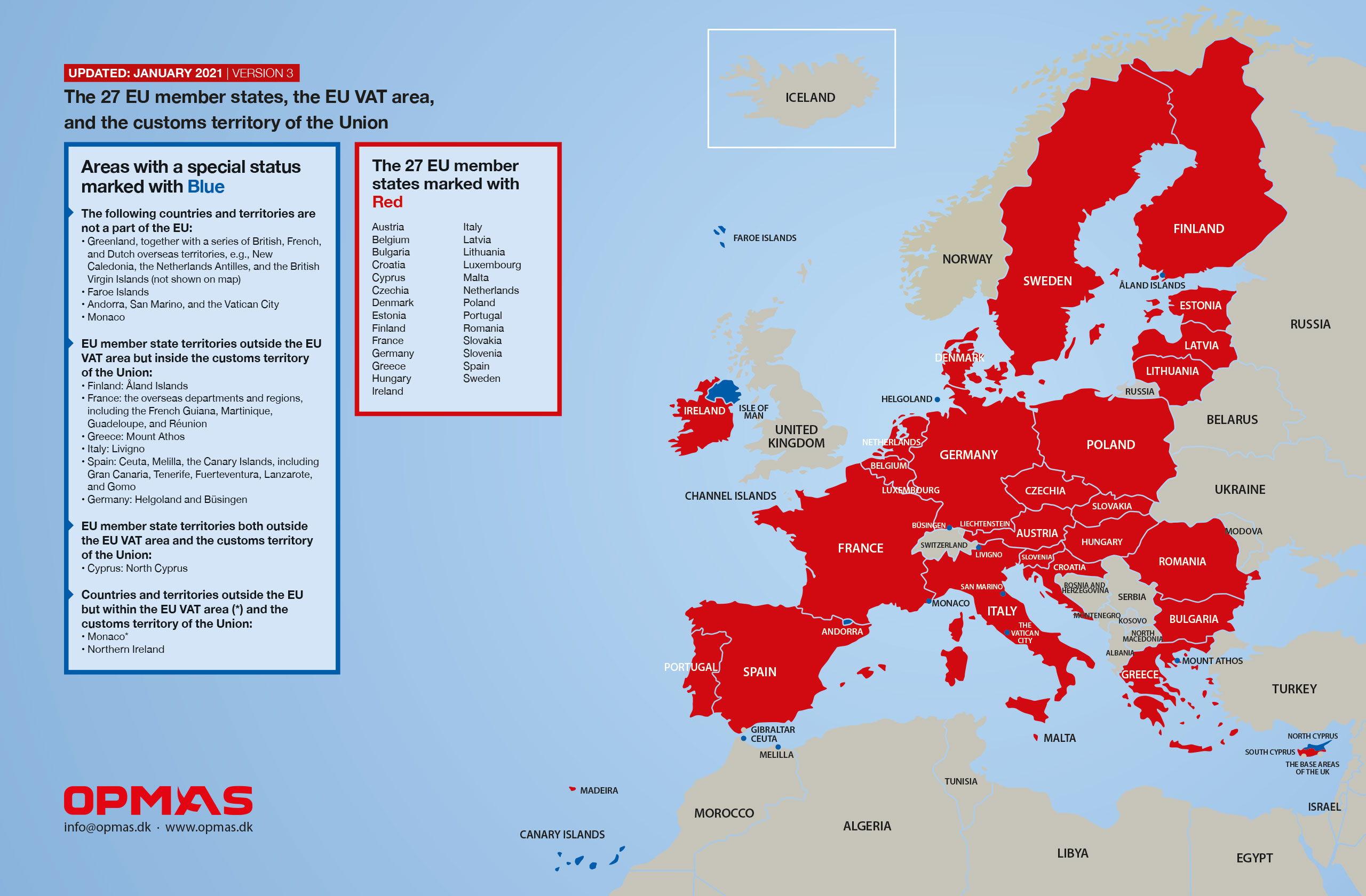ALERT: New 2022 guidance from the EU about Temporary Admission
Updated August 2022
About Temporary Admission, important clarification from the EU Commission

The EU Commission has once again updated one of its main guidance documents this summer, which describes several important points about the use of Temporary Admission (TA). These guidance documents typically list issues that have needed extra guidance or exposure to ensure no misunderstandings. We have compiled a list of important points, including our comments in this news flash.
What’s new?
The present practice has not changed much and remains very flexible. It is, of course, positive that the EU Commission again has explicitly explained and underlined all these points and case examples in this document.
Please note that TA can be used to fly private, corporate, and commercially within the EU without any problems and with EU-resident persons onboard if applied correctly. Moreover, since 2014 the TA procedure has continuously become a very well-defined customs procedure, especially for corporate and commercial aviation. This is thanks to the huge efforts from, e.g., the EU Commission and NBAA.
1) Is commercial traffic restricted? No
The answer is no. Commercial (internal) traffic, such as Part 135, is no longer restricted. Commercial traffic was removed as a restriction back in 2016 with the introduction of the new Union Customs Code (UCC). It is, of course, still the responsibility of the physical operator (the customs declarant) to secure correct TA compliance and traffic rights, the latter if relevant, but a violation, missing traffic rights while flying commercial internally within the EU, can no longer create a customs debt, meaning that the operator is being forced to pay the local VAT and customs duty on the ramp. Internal traffic is defined as legs flown within the EU.
2) Which establishment is allowed for the customs declarant?
The customs declarant (the holder of the TA authorization) must – almost without exception – be established outside the customs territory of the Union
.
3) Are the pilots or passengers the real users of the aircraft?
The customs declarant must be the real user of the aircraft. The ‘real user’ is defined as the entity with the physical control of the aircraft, meaning the entity piloting the aircraft. In customs terms, the pilots are simply considered the real users of the aircraft – and not the passengers in the cabin, which some might mistake. This practically means that the customs declarant must be the company that has supervision or control of the aeronautical operation and instructs the crew about aeronautical decisions. This definition is very important to determine where the EU-resident pilots must be employed.
4) Maintenance, Repair, or Overhaul (MRO)
TA can only be used to visit a maintenance workshop if the need for servicing has arisen spontaneously after flying into the customs territory of the Union. Services such as Maintenance, Repair, or Overhaul (MRO), adjustments, measures to preserve the aircraft, or ensuring compliance with the technical requirements for the use under the TA are, for instance, admissible if the usages do not lead to any permanent change of the aircraft, permanent increase in performance, or considerable added value. Alternatively, the workshop must initiate a customs procedure called Inward Processing as TA cannot be used to access the customs territory of the Union
if the purpose of the entry is servicing of the aircraft. All international-minded workshops know about this procedure.
These examples are allowed under TA:
- Repair and/or maintenance of the aircraft by replacing the batteries, brakes, oil, wipers, or tires
- Service, guarantee, or courtesy work such as maintenance of the air conditioning system
- Repair and/or maintenance of the aircraft by replacing the turbines
These examples will not work under TA:
- Installation of a Wi-Fi system that was not installed beforehand
- Completely repainting
5) Aerial photos or firefighting
TA cannot be used if the purpose of the entry is aerial photos or firefighting, as the purpose of TA is only the transportation of either goods or people.
IMPORTANT!
How to become ready to use the Temporary Admission procedure?
- Check that the basic preconditions are fulfilled
- Understand the limitations and subjects that must be handled correctly
- Have the relevant paperwork ready onboard the aircraft to document the correct use of TA
- Instruct the pilots so that they are ready to handle a customs ramp check
The secure approach when using Temporary Admission
Our Secure Temporary Admission procedure is the best tool to securely and quickly prove compliance with the TA procedure if the aircraft is stopped and checked on the ramp in an EU airport, eliminating any unnecessary waiting time or costs while EU customs are perusing the TA compliance at the ramp.
How can we help?
If you have any questions about the above, please do not hesitate to contact us. We offer a cost-free introduction and analysis of the owner, user, and operator scenario to find the best option for you when flying within the EU. Please, feel free to contact us at any time.
Follow OPMAS on LinkedIn
Get a continuously stream of news and hints about EU importation and admission issues.
Remember to click Follow on LinkedIn

